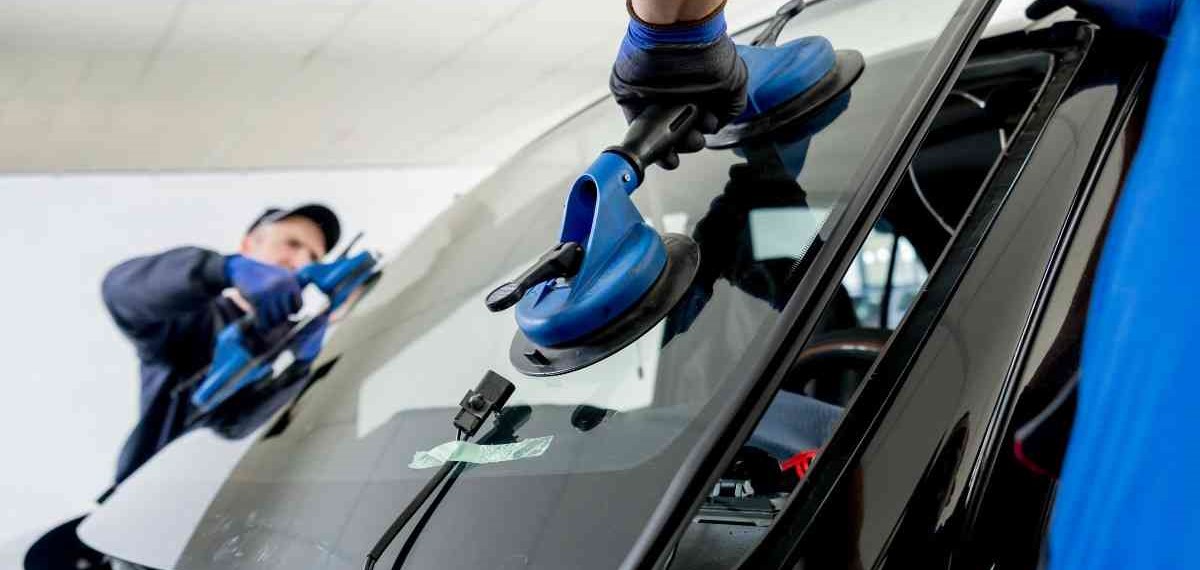
Automotive glass has undergone a remarkable transformation from its early days as a luxury symbol to a critical safety component in modern vehicles. This evolution reflects significant technological advancements in materials science and engineering. In the early 20th century, auto glass was a rare luxury, signifying wealth and status. Over the decades, with the advent of safety regulations and technological innovations, automotive glass has become an integral part of vehicle design, emphasizing not just visibility and aesthetics but also passenger safety and comfort.
Front Windshield: The front windshield serves as more than just a barrier against the elements; it's a critical safety feature. Modern windshields are designed to offer clarity, durability, and UV protection, playing a key role in driver visibility and vehicle aerodynamics.
Side Windows: Side windows have evolved from simple glass panes to complex systems incorporating manual and power operations. They provide drivers with a balance of visibility, protection, and convenience, significantly enhancing the driving experience.
Rear Glass: The rear glass, typically made of tempered glass, is engineered to shatter into small, harmless pieces on impact, reducing the risk of injury. Recent advancements include integrated defogging elements and embedded antennas.
Roof Glass (Sunroofs and Moonroofs): Roof glass panels, such as sunroofs and moonroofs, have evolved to offer drivers and passengers a unique connection to the environment, enhancing the driving experience with natural light and views of the sky.
The manufacturing of automotive glass is a complex process that begins with the careful selection of raw materials like silica sand, soda ash, limestone, alumina, and various salts. The fusion process involves melting these materials at extremely high temperatures (around 1,700°C) to form a uniform molten blend. The shaping of glass involves two primary methods: the Float Process for flat glass and the Molding Process for curved or specialized shapes.
The annealing and tempering stages are crucial in enhancing the strength and safety properties of the glass. Precision cutting and sizing technologies are employed to ensure that the glass fits perfectly into different vehicle models. The laminating process, used primarily for windshields, involves bonding two glass sheets with a polyvinyl butyral (PVB) layer, enhancing safety by ensuring that the glass remains intact even when shattered.
Automotive glass safety has seen significant innovations, particularly in the development of laminated and tempered glass. Laminated glass is designed to stay intact upon impact, offering an additional layer of protection to passengers, while tempered glass is treated to be more resilient and shatter into less harmful pieces. Future technologies in automotive glass are gearing towards interactive displays and smart windows, which will revolutionize driver interaction and vehicle functionality.
The repair of automotive glass is a delicate process, akin to healing. Not all damage necessitates complete replacement; minor chips and cracks can often be effectively repaired. This involves a thorough evaluation of the damage, followed by cleaning, applying a durable transparent resin, curing it with UV light, and finally polishing the area to restore clarity. This method is environmentally friendly and cost-effective.
In cases where damage is too severe for repairs, replacement becomes necessary. This process involves the careful removal of the damaged glass, cleaning and preparing the frame, and installing a new piece of glass cut to the vehicle's specifications. High-quality adhesives are used to ensure a secure fit, and adequate curing time is given before the vehicle is back in use.
Automotive glass is subject to strict safety and quality standards to ensure it offers optimal visibility, contributes to the vehicle's structural integrity, and provides maximum protection in accidents. These standards are based on extensive research and testing and are applied globally, ensuring consistent quality and performance of automotive glass regardless of the manufacturing location.
The environmental impact of automotive glass production and disposal is significant. The industry is increasingly focusing on sustainable practices such as recycling used glass, employing energy-efficient manufacturing methods, and integrating renewable energy sources to reduce emissions.
Leading brands in the automotive glass industry, like Saint-Gobain Sekurit, Pilkington, AGC Automotive, Guardian Industries, and Fuyao Glass, are recognized for their innovation, reliability, and commitment to quality. These companies have pioneered numerous advancements in automotive glass technology, setting industry standards and pushing the boundaries of design and safety.
The future of automotive glass is brimming with exciting possibilities, including the development of adaptive tinting technologies, augmented reality displays, and more interactive features. These advancements promise to open a new chapter in automotive design, further enhancing safety, comfort, and the overall driving experience.
7AM to 9PM
2975 KELP LN UNIT A OXNARD CA 93035
© Copyright 2024 Oxnard Mobile Auto Glass. All Rights Reserved.